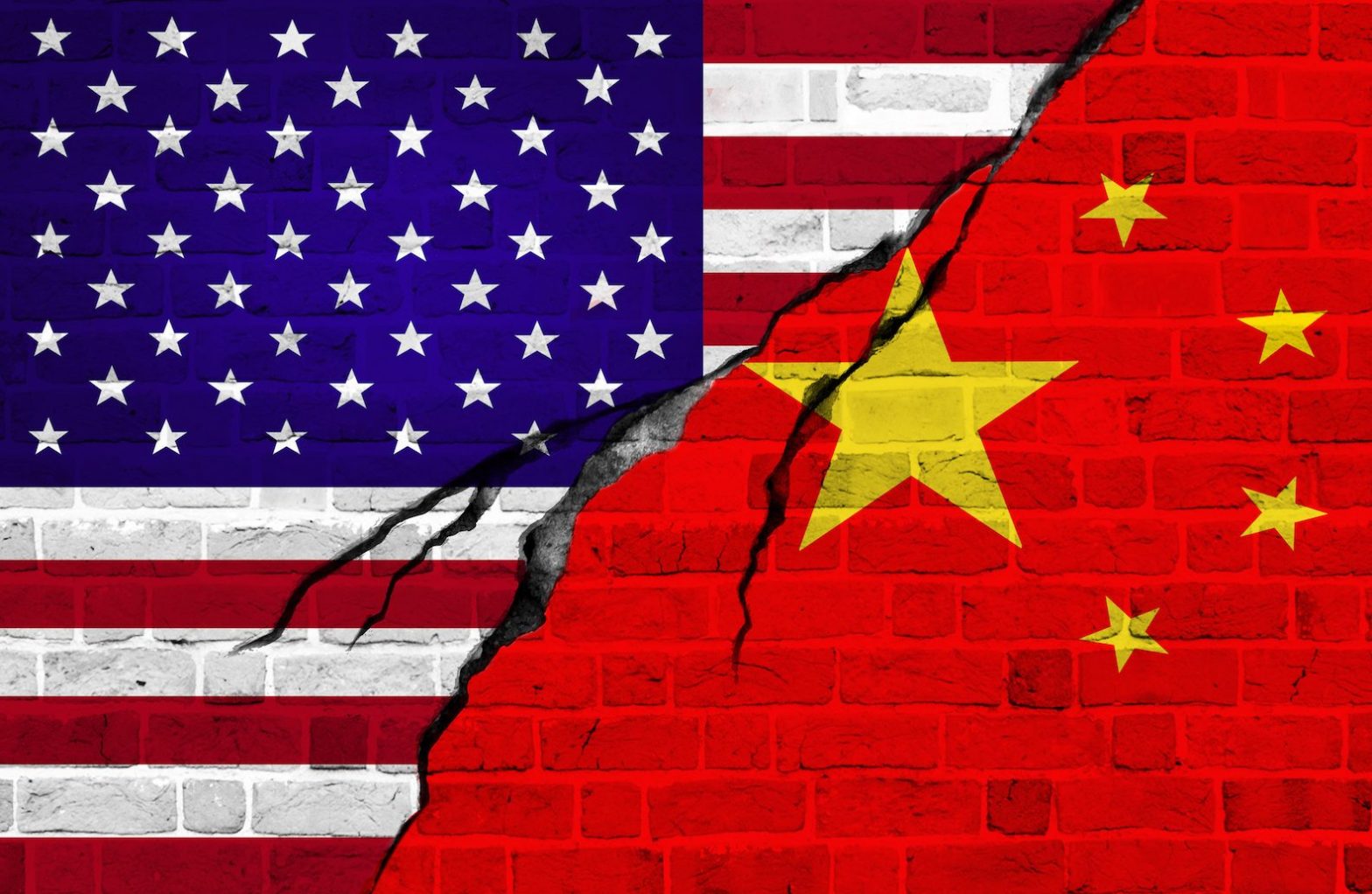Upcoming India-US Trade Talks: Potential Outcomes And Impacts

Table of Contents
Key Areas of Negotiation in the India-US Trade Talks
The upcoming negotiations will cover a wide range of crucial issues impacting the economic ties between India and the US. Key areas of focus include digital trade, agricultural products, intellectual property rights (IPR), and defense and technology transfer.
Digital Trade: Navigating Data Flows and E-commerce
The digital trade landscape is a major focus of the India-US Trade Talks. Negotiations will center on data localization policies, cross-border data flows, and regulations governing e-commerce.
- Potential for increased access to the Indian digital market for US companies: US businesses are eager to tap into India's burgeoning digital economy. However, India's data localization rules present a significant hurdle.
- Concerns regarding data security and privacy for Indian consumers: Balancing the interests of US companies with the need to protect Indian consumer data is a key challenge.
- Potential harmonization of digital trade rules: The talks offer an opportunity to create a more harmonized regulatory environment, facilitating smoother cross-border data flows and boosting digital trade between the two countries. This includes discussions on digital services taxes and other regulatory frameworks.
Agricultural Products: Bridging the Market Access Gap
Market access for US agricultural products in India is another critical area of discussion. High tariffs on agricultural goods in India have long been a point of contention.
- Challenges posed by India's high tariffs on agricultural goods: These tariffs limit the competitiveness of US agricultural exports in the Indian market.
- Potential for increased exports of US agricultural products to India: Reduced tariffs could significantly boost US agricultural exports, benefiting US farmers and businesses.
- Impact on Indian farmers: Concerns exist regarding the potential impact on Indian farmers from increased competition. Finding solutions that balance the interests of both countries' agricultural sectors is key. Specific products like poultry and dairy products are expected to feature prominently in these discussions.
Intellectual Property Rights (IPR): Protecting Innovation and Investment
Protecting intellectual property rights is vital for fostering innovation and attracting investment in both countries. However, differing approaches to IPR protection present potential areas of conflict.
- Concerns about pharmaceutical pricing and patent protection: This is a particularly sensitive area, given the importance of affordable medicines in India.
- Potential for stronger IPR enforcement in India: The US seeks stronger enforcement of IPR in India to protect its intellectual property.
- Benefits for innovation and investment: Strong IPR protection encourages innovation and attracts foreign investment, benefiting both economies.
Defense and Technology Transfer: Strengthening Strategic Partnerships
Collaboration in defense technology and other high-tech sectors offers significant potential for strengthening the strategic partnership between India and the US.
- Opportunities for joint ventures and technology sharing: This could lead to advancements in defense capabilities and economic benefits for both countries.
- Potential for increased defense trade between the two countries: Strengthened cooperation in this sector could significantly boost bilateral trade.
- Strategic implications for regional security: Enhanced defense cooperation can contribute to regional stability and security.
Potential Positive Outcomes of Successful India-US Trade Talks
Successful negotiations hold the promise of significant benefits for both India and the US.
Increased Bilateral Trade and Investment
- Job creation in both countries: Increased trade and investment will stimulate economic activity, creating jobs in various sectors.
- Increased economic activity: A stronger economic partnership will lead to greater economic growth in both countries.
- Strengthened supply chains: Enhanced trade relations will lead to more resilient and diversified supply chains.
Enhanced Economic Cooperation
- Improved market access: Reduced trade barriers will create greater market access for businesses in both countries.
- Reduced trade barriers: This will lower costs for consumers and boost overall economic activity.
- Increased collaboration on economic policy: Strengthened cooperation on economic issues will promote greater economic stability and growth.
Strengthened Strategic Partnership
- Counterbalancing China's economic influence: A strong India-US economic relationship can contribute to a more balanced global economic order.
- Enhanced cooperation on global economic issues: This will enable both countries to address global challenges more effectively.
Potential Negative Outcomes and Challenges in the India-US Trade Talks
Despite the potential benefits, several challenges could hinder progress in the India-US Trade Talks.
Protectionist Measures and Trade Barriers
- Potential for disputes over tariffs and non-tariff barriers: Protectionist measures could lead to trade disputes and undermine the progress of the talks.
- Impact on consumer prices: Trade barriers can increase consumer prices and reduce consumer choice.
Domestic Political Pressures
- Lobbying efforts by various industries: Different industries within both countries will lobby for their specific interests, potentially impacting the outcome of the negotiations.
- Public opinion: Public opinion in both countries could influence the government's negotiating positions.
- Potential for concessions impacting domestic industries: Concessions made during negotiations could negatively impact specific domestic industries, leading to political backlash.
Differing Regulatory Frameworks
- Harmonization challenges: Differences in regulations and standards between the two countries can create significant hurdles.
- Technical barriers to trade: These barriers can impede the flow of goods and services between the two countries.
Conclusion
The upcoming India-US trade talks are crucial for shaping the future of the bilateral economic relationship. While potential benefits such as increased trade and investment are significant, navigating the challenges of differing regulatory frameworks and domestic political pressures will be essential for achieving a successful outcome. A balanced approach that addresses the concerns of both countries is necessary for fostering a robust and mutually beneficial partnership. To stay informed on the latest developments in these critical India-US Trade Talks, continue to follow reputable news sources and policy analyses. Understanding the intricacies of these India-US Trade Talks is essential for businesses and policymakers alike.

Featured Posts
-
 Police Misconduct Probe Launched Following Nottingham Attacks
May 09, 2025
Police Misconduct Probe Launched Following Nottingham Attacks
May 09, 2025 -
 Cheaper Elizabeth Arden Skincare Best Deals Online
May 09, 2025
Cheaper Elizabeth Arden Skincare Best Deals Online
May 09, 2025 -
 Legendarniy Stiven Fray Poluchil Rytsarstvo Ot Korolya Charlza Iii
May 09, 2025
Legendarniy Stiven Fray Poluchil Rytsarstvo Ot Korolya Charlza Iii
May 09, 2025 -
 Davids High Potential A Theory Exposing Morgans Weakness
May 09, 2025
Davids High Potential A Theory Exposing Morgans Weakness
May 09, 2025 -
 Stiven King Rezko Vyskazalsya O Trampe I Maske
May 09, 2025
Stiven King Rezko Vyskazalsya O Trampe I Maske
May 09, 2025
